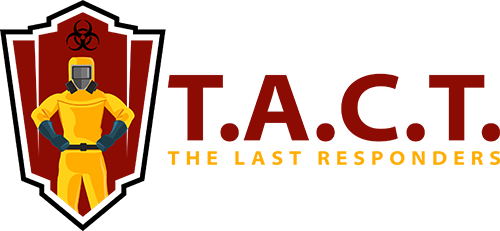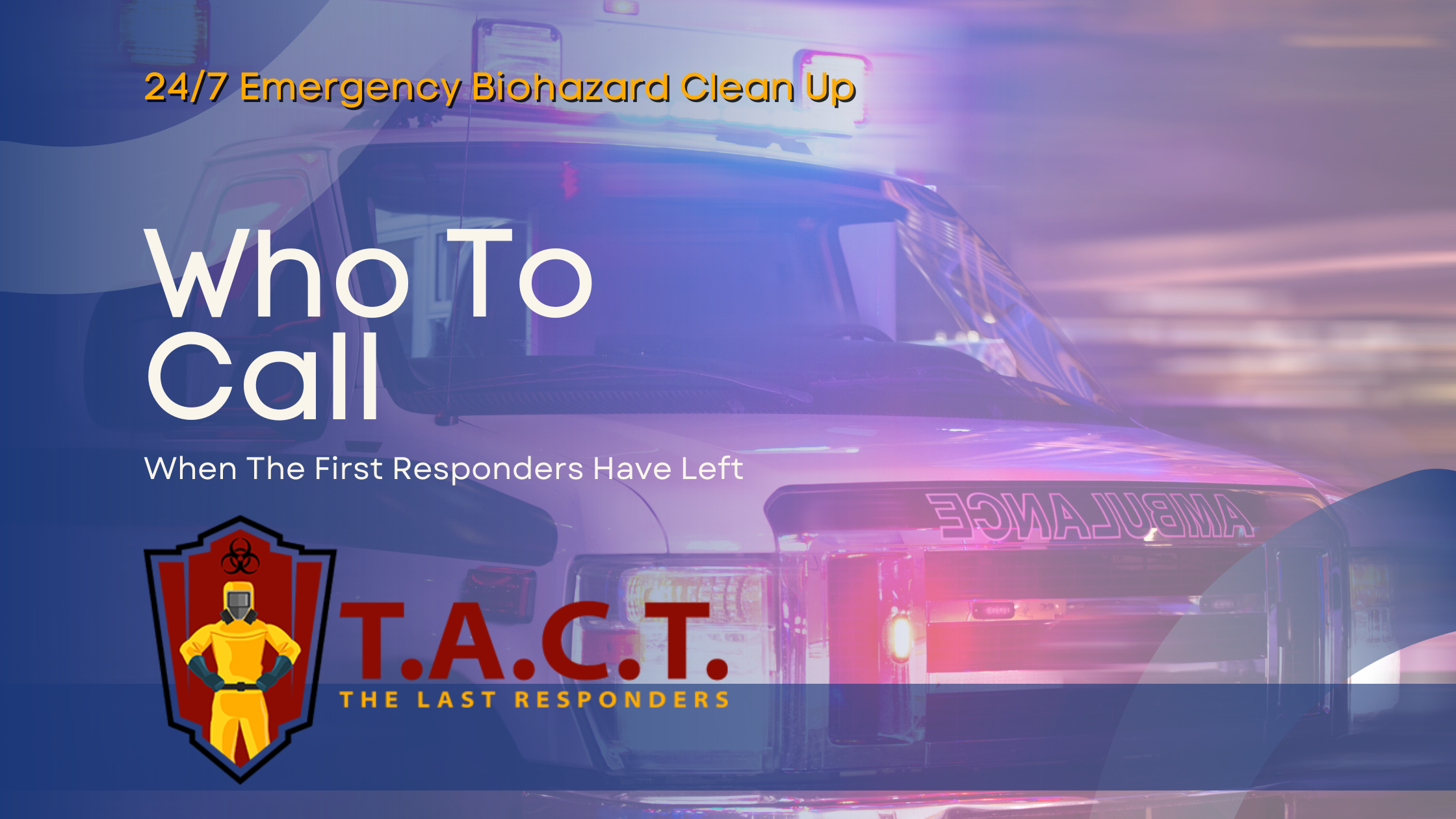What do mold remediation companies do
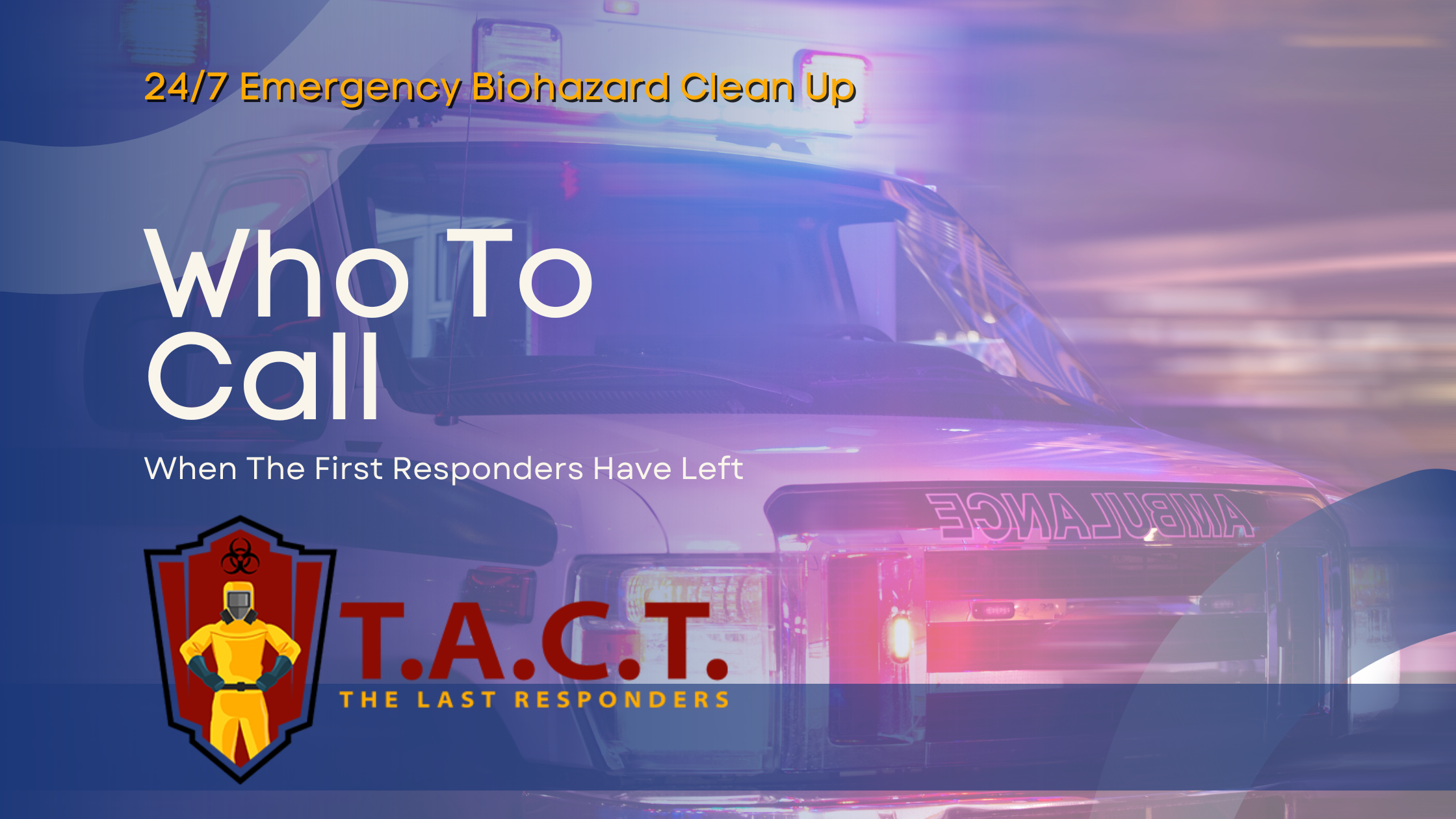
What Do Mold Remediation Companies Do: A Detailed Breakdown
Mold remediation companies detect, contain, and remove mold from buildings. So, what do mold remediation companies do? They start with a mold assessment, isolate the area, remove contaminated materials, clean surfaces, fix moisture problems, and restore any damage. They then verify that the mold is completely gone. In this article, we’ll break down each step in detail.
Key Takeaways
Mold remediation starts with a comprehensive assessment to identify mold species, extent of the problem, and moisture sources, forming the basis for an effective remediation plan.
Isolation and containment of affected areas are crucial to prevent mold spores from spreading during the remediation process, using various containment methods based on contamination severity.
Post-remediation verification ensures that the mold problem has been resolved through clearance testing and inspection, confirming the environment is safe for reconstruction and occupancy.
Comprehensive Mold Assessment

The journey to a mold-free environment starts with a comprehensive mold assessment, involving:
A thorough inspection to identify the extent of the mold problem and the areas affected.
Use of a combination of visual inspections and moisture detection tools by mold remediation companies to pinpoint potential mold growth areas.
Utilization of moisture meters to detect hidden moisture sources that could contribute to mold growth.
Focusing on properties prone to moisture, such as bathrooms and basements, due to their high risk of mold infestation.
Determining the exact species of mold is crucial for understanding the associated health risks, as different types can have varying impacts, and this knowledge helps tailor the remediation process. Mold remediation companies conduct a series of tests to determine the mold type and identify potential growth areas. This thorough inspection and air quality testing assess the extent of damage caused by mold and the concentration of mold spores in the air.
The assessment phase sets the stage for the entire mold remediation process. By identifying mold spore locations, growth areas, problem areas, and the extent of damage, remediation companies can develop a targeted action plan. This ensures that every step taken is based on precise information, leading to more effective and efficient mold removal.
Isolation and Containment
Once the assessment is complete, the next crucial step is isolation and containment. The goal here is to restrict the mold’s spread and reduce mold exposure risks for both workers and occupants. Containment is achieved through several steps designed to isolate the affected area from the rest of the property. This process is vital because mold spores can easily become airborne and spread to other areas, making remediation efforts impossible if not properly contained.
The level of containment required depends on the size of the contaminated area. Full containment for larger areas involves double layers of plastic sheeting and a decontamination chamber for safe entry and exit. For limited contamination, a single layer of plastic sheeting with access through a flap-covered slit may suffice. Negative air pressure within the containment zone prevents contaminated air from leaking into unaffected areas, stopping the spread of mold spores and lead to effective remediation.
Isolation and containment also involve proper ventilation to ensure a continuous supply of clean air to the rest of the property. This meticulous approach allows the mold remediation process to proceed without further contamination, protecting both property and inhabitants.
Removal of Mold-Infested Materials

With the contaminated area securely contained, the next step in the mold remediation process is the removal of mold-infested materials. Mold remediation companies concentrate on removing porous items infiltrated by mold, as their fibers make thorough cleaning difficult. Common materials removed during this phase include drywall, carpet, carpeting, and insulation. These materials are carefully bagged and transported to prevent the spread of mold spores to other parts of the property. Additionally, it is essential to remove mold to ensure a safe environment.
Strict EPA standards govern the removal process to ensure safety and effectiveness. Damaged items are packaged, sealed, and sprayed down to minimize contamination risks. After removal, the mold-infested materials are disposed of in disposal with established regulations, ensuring that they do not pose a risk to others and are properly exposed.
This phase is crucial as it eliminates the source of mold growth, paving the way for thorough cleaning and decontamination. Removing mold-affected materials addresses the mold problem at its root, preventing future growth and ensuring a safer environment.
Cleaning and Decontamination

The removal of mold-infested materials is just the beginning. Cleaning and decontamination are essential to eradicate any remaining mold spores. Professionals use various cleanup methods based on the type of material affected. For non-porous surfaces, antimicrobial treatments, HEPA vacuums, and air scrubbers are used to clean and capture microscopic mold spores. Vacuuming and scrubbing methods are also utilized to ensure thorough cleaning.
In some cases, biocides are applied to kill mold spores and prevent future infestations. These epa approved biocide substances, including mold killer, must be allowed to set overnight for maximum effectiveness. For the HVAC system affected during mold remediation, special tools and treatment methods are used to ensure they are thoroughly cleaned and decontaminated.
The cleaning process involves the following steps:
Use special brushes and wipes to clean items that cannot be removed. These tools work with detergent solutions.
Dispose of tools that cannot be disinfected according to established guidelines to prevent recontamination.
Ensure that all contaminated building materials are placed in sealed bags or containers to prevent mold spores from escaping.
Dealing with mold requires meticulous attention to detail and the right tools and techniques. By cleaning and decontaminating every surface, professional mold remediation companies can prevent mold from returning, ensuring a healthier professional environment.
Addressing Moisture Problems

One of the most critical aspects of mold remediation is addressing the underlying moisture problems that contribute to mold growth. The first step in this phase is identifying and repairing the water problem that caused the mold in the first place. This involves fixing plumbing leaks and addressing any water issues immediately to prevent future mold growth.
Moisture meters help detect hidden moisture sources during mold assessments. To prevent mold growth and recurrence, consider the following:
Thoroughly dry all materials after cleaning.
Keep indoor humidity levels low.
Improve ventilation in areas prone to dampness to mitigate moisture accumulation, as recommended by remediators.
Prompt action is necessary when dealing with moisture issues to avoid significant damage. A few things to consider when addressing moisture problems effectively ensure the present mold problem is resolved at its source, preventing future infestations and ensuring a healthier environment with windows.
Restoration and Repairs

After mold removal and decontamination, the next step is restoring the affected areas to their original condition. This restoration includes replacing damaged materials such as drywall and replacing drywall and subfloors. A mold remediation contractor can help mold remediation companies use advanced technologies to salvage items that were previously thought to be mold damage beyond repair. This can be particularly valuable for high-value items or those with sentimental value. Mold cleanup is an essential part of ensuring a safe and healthy environment, and utilizing mold remediation services can enhance the overall process.
The restoration process includes painting and other repairs to return the space to its original condition. Dryers and fans are used during restoration to achieve optimal humidity levels and prevent mold regrowth. This comprehensive approach ensures that the affected area is not only mold-free but also looks as good as new.
The restoration phase aims to make the house space habitable and safe again. Addressing the damage caused by mold and restoring the property to its original condition provides a complete solution ensuring the health and safety of occupants.
Post-Remediation Verification
The final step in mold remediation is post-remediation verification (PRV), ensuring the area is safe for reconstruction and occupancy. Post-remediation clearance testing includes visual inspections and mold clearance tests to assess mold presence and confirm remediation effectiveness.
Mold clearance testing involves:
Collecting air and surface samples to evaluate mold spore levels before and after remediation.
Confirming that mold issues have been properly addressed and that the spread has been contained.
Conducting a successful PRV assessment to certify that the environment has returned to normal fungal ecology, minimizing health risks.
The reconstruction process can only begin after passing the post-remediation clearance testing in the commercial building. This final verification step provides property owners with peace of mind, knowing the mold problem has been effectively resolved and the space is safe for use.
Summary
In summary, mold remediation is a meticulous process that involves several critical steps to ensure the complete removal and prevention of mold. From the initial comprehensive assessment to the final post-remediation verification, each step is designed to address the mold problem at its root and prevent future infestations. Professional mold remediation companies bring the expertise, tools, and techniques necessary to handle mold problems effectively and safely.
If you discover mold in your property, taking prompt action is essential. By engaging professional mold remediation services, you can ensure that the mold is removed thoroughly and that your property is restored to a safe and healthy condition. Don’t let mold take over your space—take control and reclaim your environment today.
Frequently Asked Questions
What is the first step in the mold remediation process?
The first step in the mold remediation process is conducting a thorough mold assessment, which involves visual inspections and moisture detection to pinpoint areas at risk for mold growth. Identifying these areas early is crucial for effective remediation.
How do mold remediation companies contain mold during the remediation process?
Mold remediation companies effectively contain mold by employing methods like polyethylene sheeting and negative air pressure to isolate the contaminated area and prevent the spread of spores. This ensures a safer environment during the remediation process.
What types of materials are typically removed during mold remediation?
During mold remediation, materials such as drywall, carpeting, and insulation are typically removed and disposed of following EPA standards. Ensuring proper disposal is crucial for effective remediation.
What cleaning methods are used during the decontamination phase?
Effective decontamination methods include antimicrobial treatments, HEPA vacuums, air scrubbers, and biocides, which work together to clean affected areas and inhibit future mold growth. These techniques ensure a thorough and safe restoration process.
Why is post-remediation verification important?
Post-remediation verification is crucial as it confirms that mold issues have been adequately resolved, ensuring the area is safe for reconstruction and occupancy. This step guarantees the health and safety of future occupants.
Latest news
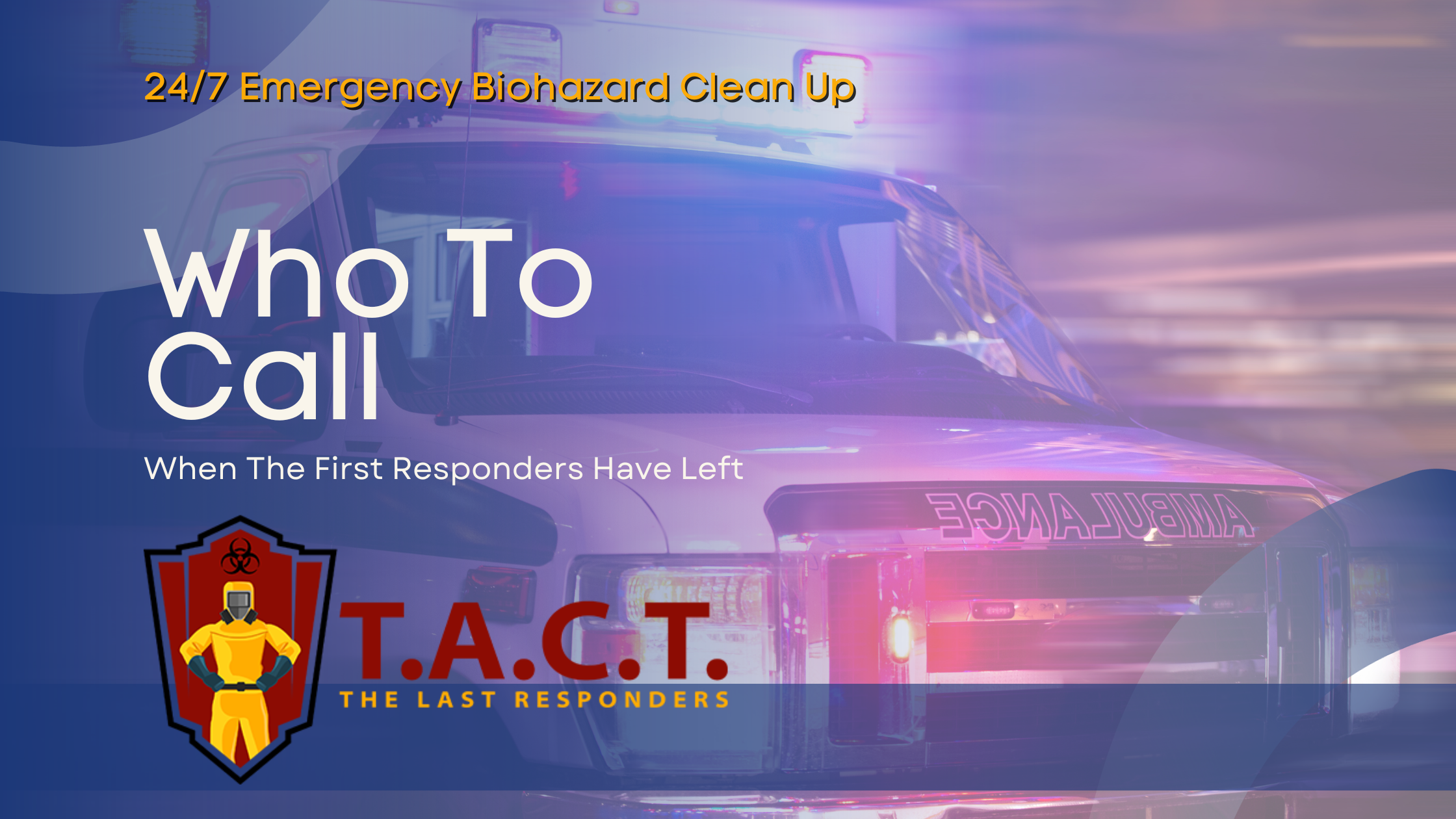
Bio Cleaning Services
Read More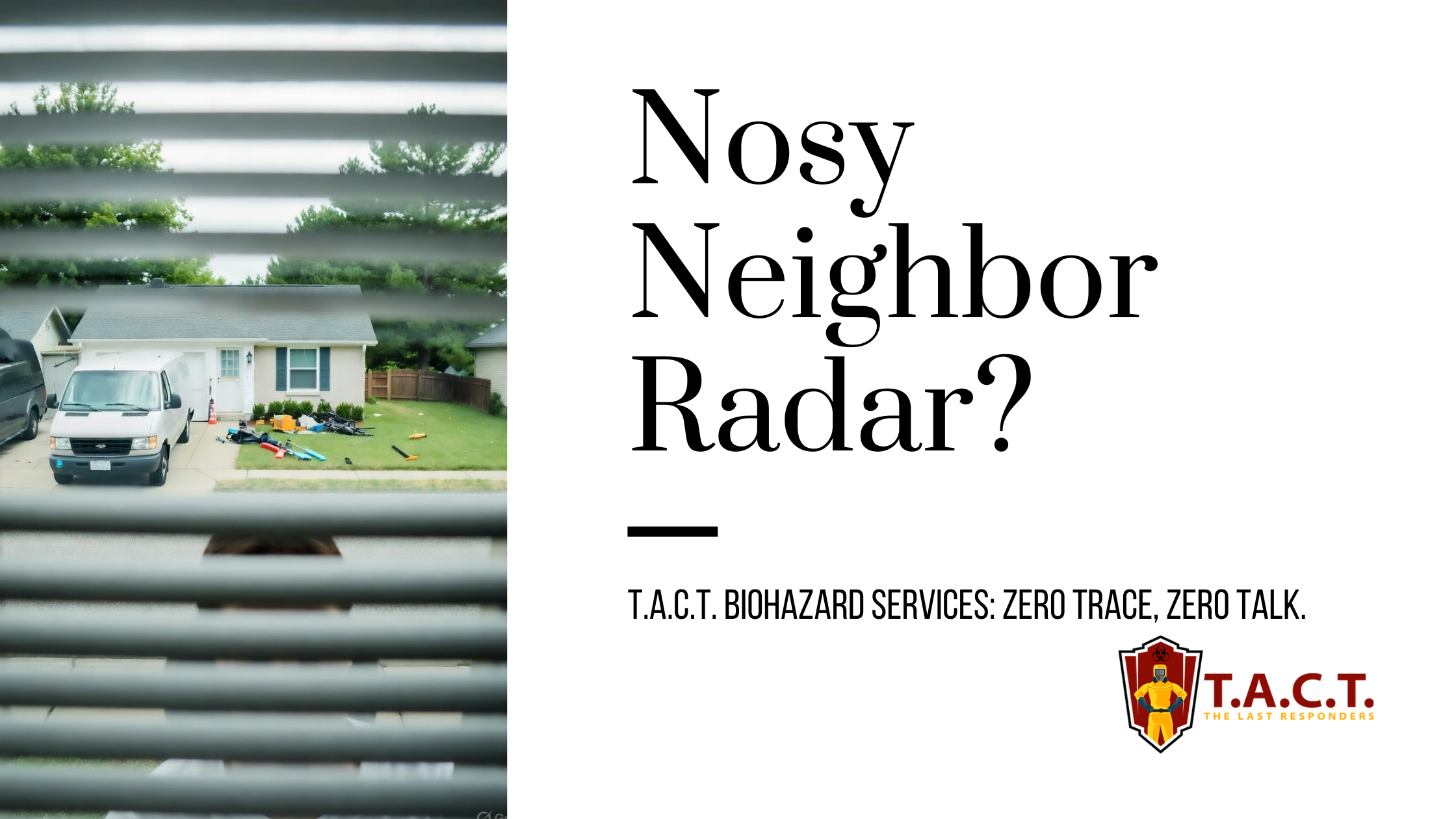
Nosy neighbors peeking? T.A.C.T. North Atlanta offers discreet biohazard remediation for rodent infestations, mold, hoarding, and more. Unmarked vehicles, quiet experts, full privacy—24/7 service at 470-781-4775.
Read More